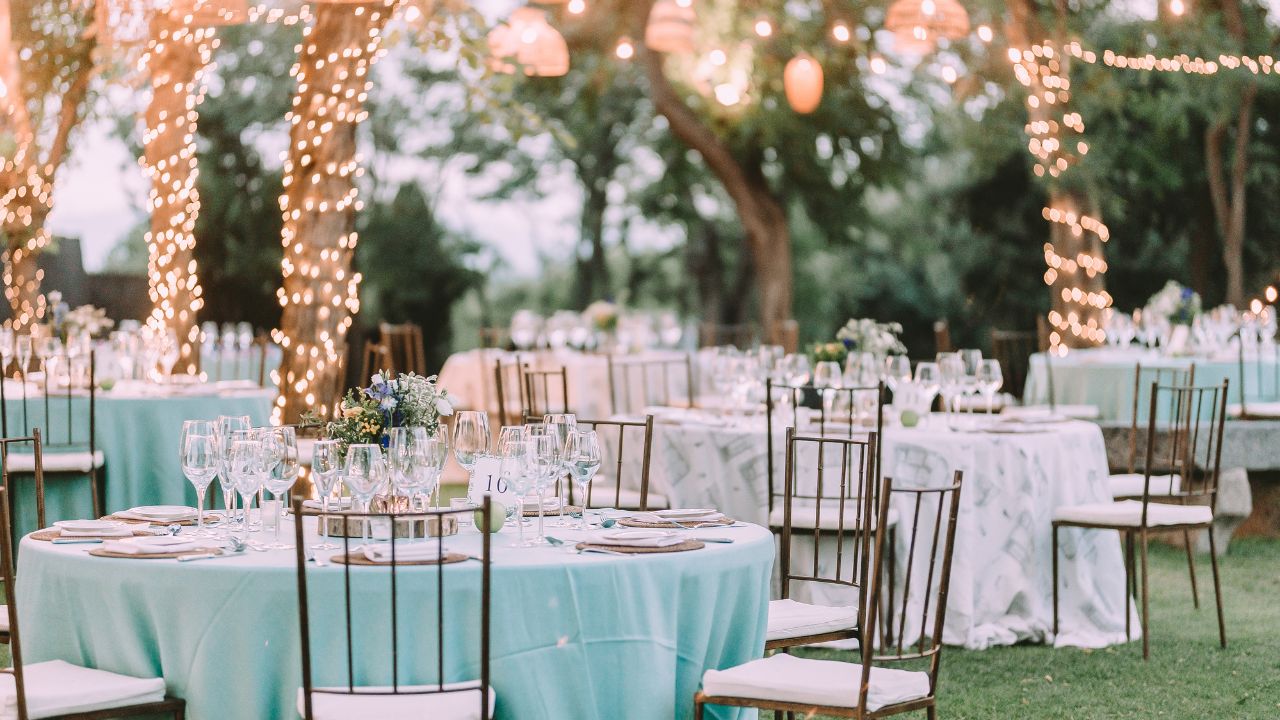Flowers, delicate yet expressive, have been humanity’s medium of communication across cultures and eras. They’ve whispered love with roses, conveyed condolences using lilies, and celebrated milestones with vibrant bouquets. Beyond their symbolic versatility, flowers have been elevated through the art of arrangement—a craft that seamlessly combines nature’s beauty with human creativity.
Historical Petals of Context:
The practice of arranging flowers is ancient. As early as in ancient Egypt, flowers were meticulously arranged in vases. The Greeks, Romans, and Chinese all left evidence of their love for floral design. However, it was in Japan with Ikebana and in Europe during the Renaissance that flower arranging began to be recognized as a formal art.
Basics of Flower Arrangement:
While arranging flowers might seem straightforward, mastering the craft involves understanding some core principles:
- Line: This serves as the backbone of the arrangement, guiding the eye and defining the structure. Lines can be vertical, horizontal, or dynamic.
- Balance: Both visual and physical balance are critical. A lopsided arrangement can be unsettling to view and may literally topple over.
- Scale: This pertains to the proportion of the flowers to the vase and to each other. A large vase demands more voluminous arrangements, while a delicate vase might require just a few sprigs.
- Harmony: An arrangement should present unity, where colors, textures, and forms complement one another.
- Contrast: By juxtaposing elements differing in size, color, or texture, depth and interest are added to an arrangement.
Styles of Flower Arrangements:
- Traditional: Often symmetrical and featuring a clear focal point, this style is a blend of foliage and flowers.
- Ikebana: A Japanese style that emphasizes simplicity, balance, and harmony. It often involves minimal elements, highlighting the beauty of each.
- Modern: This can be asymmetrical, abstract, and experimental, breaking conventional rules to achieve distinctive forms.
- Garden-style: Emulating natural garden growth, this style features a mix of flowers and greenery in varied heights and directions.
Flowers and Beyond:
An arrangement isn’t limited to flowers alone. Incorporating elements like dried plants, fruits, branches, and even artificial components can add diverse textures and aesthetics.
Flower Arrangement in Contemporary Culture:
Today, flower arranging isn’t confined to professional florists. The DIY culture, coupled with online tutorials and workshops, has democratized the art. Moreover, with a growing emphasis on mental well-being, many are turning to flower arranging as a therapeutic form of expression.
Conclusion:
Flower arrangement, while rooted in age-old traditions, continues to evolve, mirroring contemporary tastes, cultures, and innovations. It stands as a testament to how nature, paired with human creativity, can produce masterpieces that resonate deeply. Whether it’s an elaborate floral centerpiece or a modest vase by the window, the art of flower arrangement prompts us to appreciate beauty in balance, detail, and harmony.

